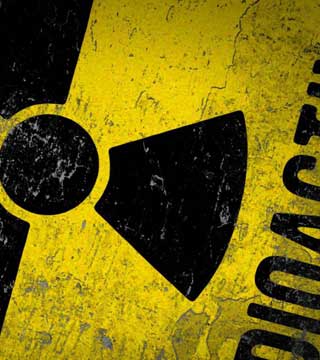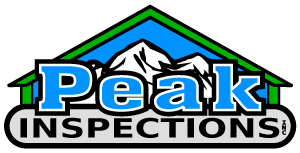Radon Testing
Radon gas is a known human lung carcinogen produced by the breakdown of uranium which is naturally present in soil, rock and water. Radon exposure is the second highest cause of lung cancer in the United States. Millions of homes and buildings contain high levels of radon gas. Radon enters a building from the soil through drains, cracks and gaps in construction materials. The Environmental Protection Agency’s (EPA) efforts are directed at locating the homes with high levels and encouraging remediation of them.
As a means of prevention, EPA and the Office of the Surgeon General recommend that all homes below the third floor be tested for Radon. Because Radon is invisible and odorless, a simple test is the only way to determine if a home has high radon levels. EPA recommends mitigating homes with high Radon levels and there are straight-forward reduction techniques that will work in virtually any home.
Northern Idaho is considered by the EPA to be in the highest of three categories ranking the potential for radon presence. The EPA states that levels of 4.0 pCi/L (picocuries per liter) and higher are unsafe levels of radon in homes and buildings. Of the homes tested in Bonner County, 32% are above the EPA’s recommended level of 4.0 pCi/L.

Water Testing
If your home is on a well, it would be wise to consider water quality testing. Basic bacterial testing for E. Coli and Coliform is commonly done. Other more specific tests are available for a variety of contaminants.


